Cards
(QUICK LINKS: Decks | plants | mammals | birds | | reptiles | fish | cephalopoda | insects | microbe | events
( scientist | project | modifier | technique |)
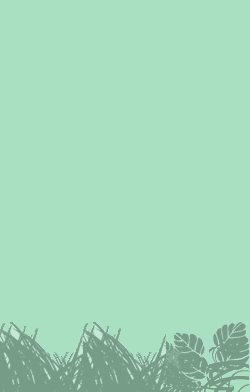
Indian Rhinoceros
Rhinoceros unicornis

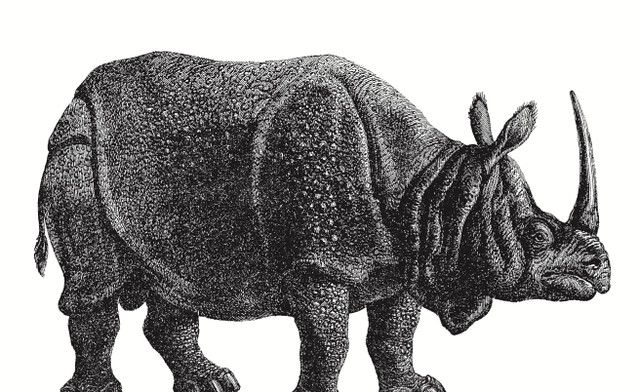
4 POINTS
Play: Rhinoceros unicornis has a MOVE of 2.
Fact: Rhinoceros unicornis has a single horn that is usually about 25cm long, but has been known to grow up to 50cm in length.

Maleo
Macrocephalon maleo

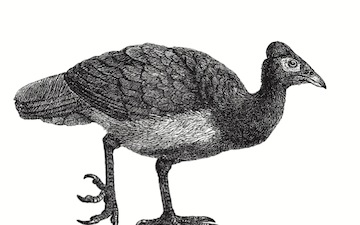
2 POINTS
Play: Macrocephalon maleo has a FLIGHT of 2.
Fact: Macrocephalon maleo’s egg is five times larger than a chicken egg.

Marbled Murrelet
Brachyramphus marmoratus


6 POINTS
Play: Brachyramphus marmoratus has a FLIGHT of 2
Fact: Unusual for a seabird, Brachyramphus marmoratus nests inland in old-growth forests.

Sea Otter
Enhydra lutris


8 POINTS
Play: Enhydra lutris has a MOVE of 2
Fact: Enhydra lutris have the densest fur in the animal kingdom, with nearly one million hairs per square inch.
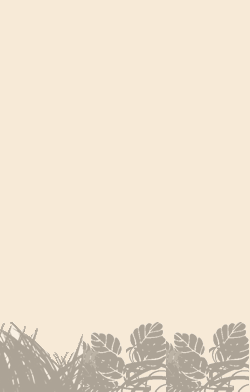
Littering
Event Card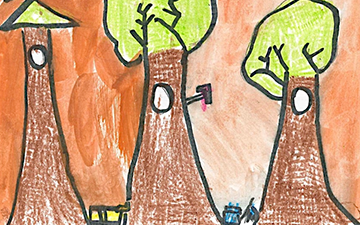
Play: Place this card on any free spot on the table, compatible with forest or grassland.
Effect: No other cards can be placed adjacent to this card.
.
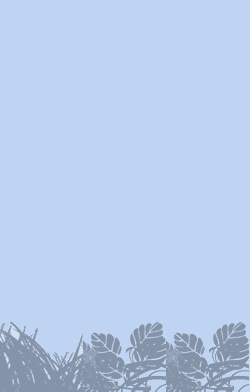
Plant Disease
Event Card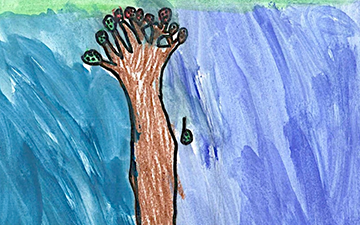
Play: Place this card on any forest or grassland based SPECIES card.
Effect: The SPECIES is IMMEDIATELY discarded.
.